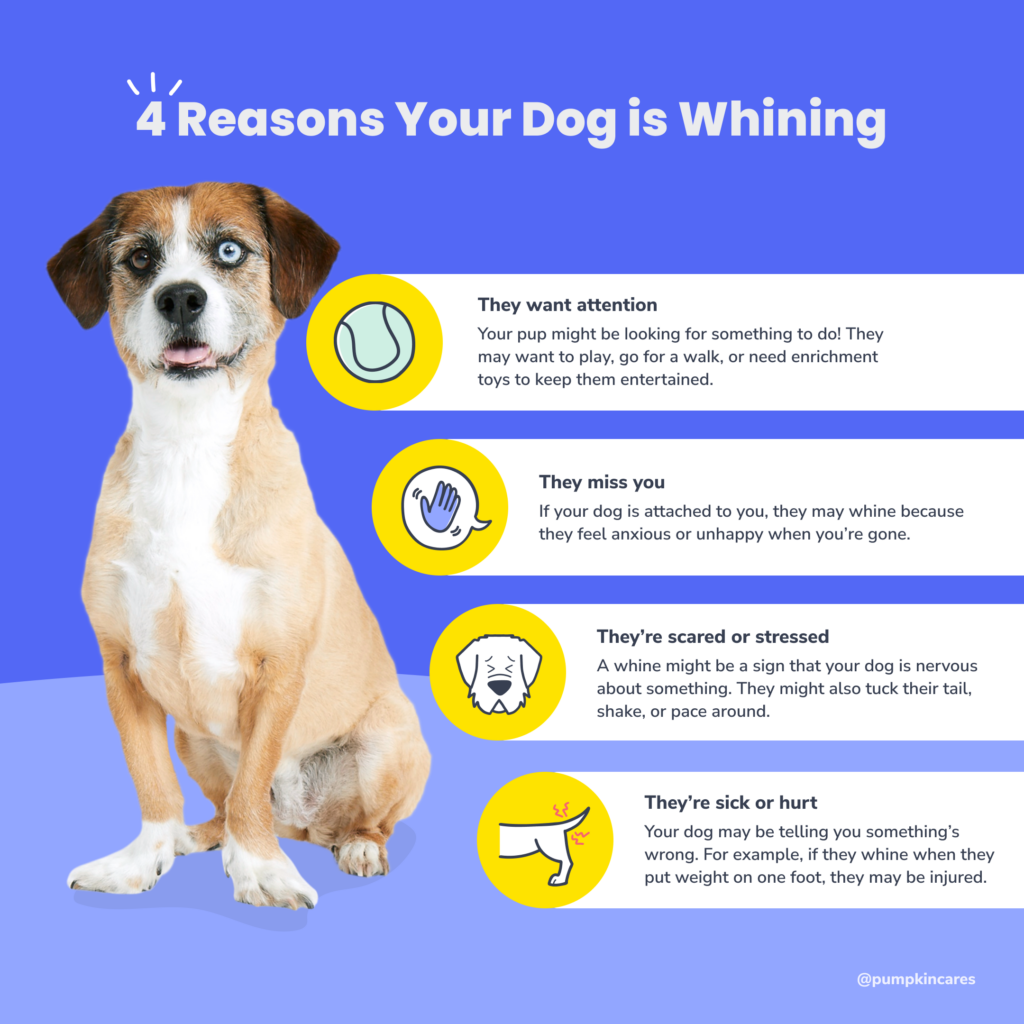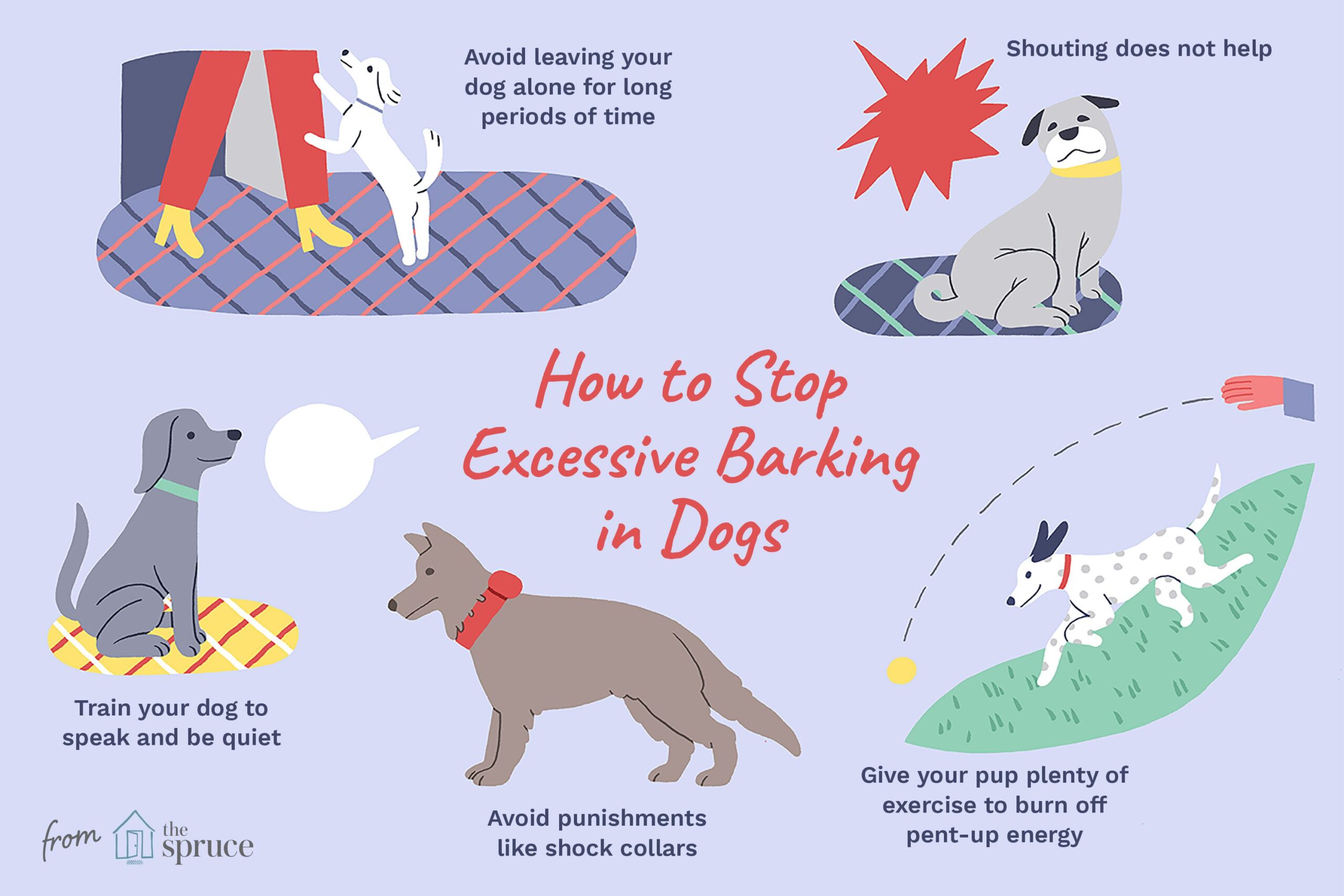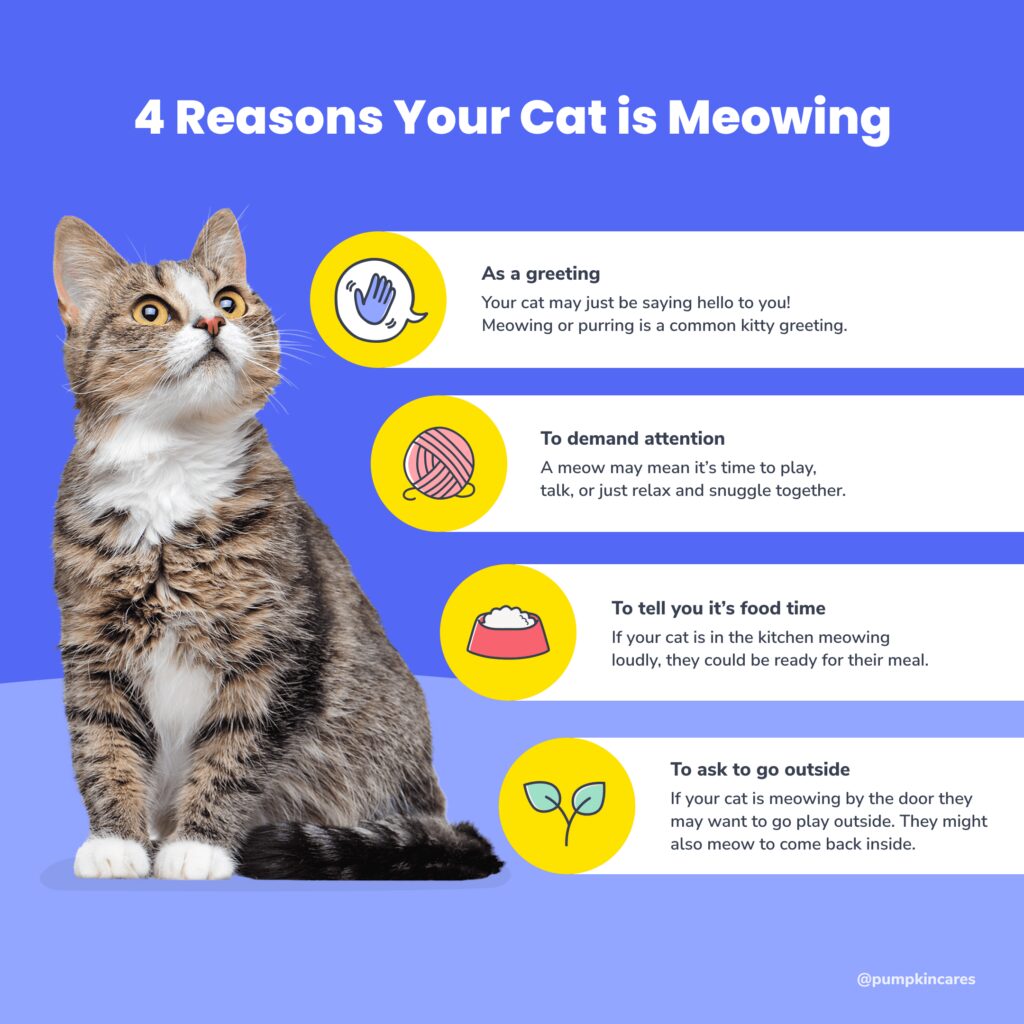Understanding puppy sounds is essential for pet owners to effectively communicate with their furry friends. From playful barks to whines of distress, each sound carries a unique meaning that can help decipher their needs and emotions. By decoding these puppy sounds, you can build a stronger bond and provide the care and attention your four-legged companion truly deserves.
Key Takeaways:
- Puppies use different sounds to communicate their needs and emotions.
- A high-pitched whine or whimper usually indicates that a puppy is seeking attention or feeling anxious.
- Growling or barking can be a sign of aggression or territorial behavior in puppies.
- A low, continuous howl may indicate that a puppy is in pain or distress.
- Paying attention to the context and body language of a puppy can help in understanding the meaning behind their sounds better.
Common Sounds Puppies Make: Explained
Barking
Puppies communicate with humans through various sounds, and one of the most common sounds they make is barking. Barking can mean different things depending on the context. It can be a way for puppies to get attention, express excitement, or warn of potential danger. For example, if a puppy sees a stranger approaching the house, it may bark to alert its owners.
It's important to understand that not all barks are the same. Puppies have different types of barks for different situations. They may have a high-pitched bark when they are happy or playful, and a deeper, more intense bark when they feel threatened or scared.
Tips:
- Pay attention to the pitch and intensity of your puppy's bark to understand its emotions.
- If your puppy is barking excessively, try to identify the cause and address it accordingly.
- Provide positive reinforcement when your puppy barks appropriately, such as alerting you to someone at the door.
Whining and Crying
Another sound that puppies often make is whining or crying. This can indicate various needs or emotions. Puppies may whine when they are hungry, need to go outside for a bathroom break, or want attention from their owners.
Crying can also be a sign of distress or discomfort. Puppies may cry if they are in pain, feeling lonely, or anxious about something. It's essential to pay attention to your puppy's cries and try to identify the underlying cause so you can address their needs appropriately.
Tips:
- If your puppy is whining because they are hungry, make sure to provide them with regular meals and a balanced diet.
- Take your puppy outside regularly to prevent accidents and give them an opportunity to relieve themselves.
- If your puppy is crying excessively or seems distressed, consult a veterinarian to rule out any health issues.
How Puppies Communicate with Humans Through Sounds
Growling
Puppies use growling as a form of communication, and it can have different meanings depending on the situation. While growling is often associated with aggression in adult dogs, puppies may growl during playtime as well. It's their way of expressing excitement and engaging in social interaction.
However, it's crucial to differentiate between playful growling and aggressive growling. Playful growls are usually accompanied by wagging tails, relaxed body language, and a willingness to engage in play. On the other hand, aggressive growls may be accompanied by stiff body posture, raised hackles (the hair along the back), and a defensive stance.
Tips:
- Observe your puppy's body language when they are growling to determine if it's playful or aggressive.
- If your puppy is exhibiting aggressive behavior or displaying signs of fear while growling, seek professional help from a dog trainer or behaviorist.
- Never punish your puppy for growling as it is their way of communicating their emotions.
Sounds During Playtime
Puppies love playtime, and they often make various sounds during these joyful moments. They may bark, yip, whine happily, or even make playful grunts. These sounds are an expression of their excitement and eagerness to engage in play with their human companions or other dogs.
During playtime, puppies may also make growling sounds, as mentioned earlier. This growling is typically accompanied by wagging tails, bouncing movements, and a playful demeanor. It's their way of mimicking the behaviors they would display while interacting with littermates during early development.
Tips:
- Encourage and participate in your puppy's playtime to strengthen your bond and provide them with mental and physical stimulation.
- Ensure that playtime remains safe for both you and your puppy by using appropriate toys and avoiding rough or aggressive play.
- Monitor your puppy's energy levels during playtime to avoid overtiring them, as puppies need plenty of rest for proper growth and development.
The Reasons Behind a Puppy's Bark: Unveiled
1. Communication
Puppies bark as a way to communicate their needs, desires, or emotions to their owners or other animals. They may bark to get attention, express excitement, or indicate that they are hungry or thirsty. Understanding the different types of barks can help pet owners respond appropriately to their puppy's needs.
2. Protection
Barking is also a natural protective instinct in puppies. They may bark to alert their owners of potential dangers or intruders. This type of bark is usually more intense and persistent compared to other barks. It is important for pet owners to differentiate between a protective bark and an excessive or unnecessary one.
Tips for Responding:
- Pay attention to the context and intensity of the bark.
- Assess if there is any real threat present before reacting.
- Provide reassurance and comfort if your puppy seems scared or anxious.
- Avoid reinforcing excessive barking by not rewarding it with attention or treats.
Spotting the Difference: Puppy Barks vs. Adult Dog Barks
While puppies and adult dogs both use barking as a form of communication, there are some key differences between their barks that can help pet owners distinguish between them.
Puppy Barks:
- Puppy barks tend to be higher-pitched and softer compared to adult dog barks.
- Puppies may have shorter bursts of barking rather than sustained barking like adult dogs.
- Puppy barks often sound more playful and less threatening.
Adult Dog Barks:
- Adult dog barks are generally deeper and louder.
- They may have a more assertive or aggressive tone depending on the situation.
- Adult dogs may bark for longer periods of time to establish dominance or warn intruders.
Understanding these differences can help pet owners better interpret their dog's barking behavior and respond accordingly.
Decoding a Puppy's Whines and Cries: What They Mean
Puppies often use whining and crying as a way to communicate their needs, emotions, or discomfort. It is important for pet owners to be able to decode these sounds in order to provide appropriate care and attention to their puppies.
Hunger or Thirst
Puppies will often whine or cry when they are hungry or thirsty. This is their way of signaling that they need food or water. It is important for pet owners to establish a regular feeding schedule and ensure that their puppy has access to fresh water at all times.
Discomfort or Pain
If a puppy is experiencing discomfort or pain, they may whine or cry as a way of expressing it. This could be due to an injury, illness, or even teething. Pet owners should carefully observe their puppy's behavior and consult with a veterinarian if they suspect any health issues.
Tips for Responding:
- Check if your puppy's basic needs (food, water, bathroom) are met first.
- Gently examine your puppy for any signs of injury or discomfort.
- If necessary, seek veterinary advice if the whining or crying persists or is accompanied by other concerning symptoms.
- Provide comfort and reassurance to your puppy through gentle petting or holding.
Understanding a Scared or Anxious Puppy Through its Sounds
Recognizing the Signs of Fear or Anxiety
When a puppy is scared or anxious, they may exhibit certain sounds that can help us understand their emotions. One common sound is whimpering, which is often accompanied by trembling and cowering. Whimpering indicates that the puppy is feeling fearful or uneasy about something in their environment. Another sound to look out for is whining, which can be a sign of distress or discomfort. It's important to pay attention to these sounds and observe the puppy's body language to better understand their emotional state.
Tips for Calming a Scared Puppy
If you notice your puppy exhibiting signs of fear or anxiety through their sounds, there are several steps you can take to help calm them down. First, create a safe and secure environment for the puppy by providing a comfortable crate or designated area where they can retreat to when feeling overwhelmed. Additionally, try playing soothing music or using calming pheromone sprays to create a relaxing atmosphere. Engaging in gentle play and offering treats as positive reinforcement can also help redirect their focus and alleviate their fears.
Puppy Growling: Why They Do It and Its Significance
The Reasons Behind Puppy Growling
Puppies often use growling as a form of communication to express various emotions. While growling is commonly associated with aggression, it can also indicate fear, frustration, or even playfulness. Understanding the context in which the growling occurs is crucial in determining its significance. For example, if a puppy growls during playtime with other dogs, it is likely an expression of excitement rather than aggression.
Addressing Growling Behavior
It's important not to punish a puppy for growling as it is their way of communicating. Instead, focus on teaching them appropriate behaviors and providing positive reinforcement. If the growling is due to fear or aggression, it may be necessary to consult a professional dog trainer or behaviorist for guidance. They can help assess the underlying causes and develop a training plan to address the issue effectively.
The Playful Symphony: Sounds Puppies Make During Playtime
Understanding Puppy Play Vocalizations
During playtime, puppies often make a variety of sounds that indicate their excitement and enjoyment. One common sound is barking, which can be high-pitched and rapid. This type of barking typically signifies enthusiasm and eagerness to engage in play. Puppies may also emit playful yips or squeals, which are expressions of joy and anticipation.
Encouraging Healthy Play Behavior
To foster healthy play behavior in puppies, it's important to provide them with appropriate outlets for their energy. Engage in interactive play sessions using toys designed for chewing, fetching, or tugging. Encourage socialization with other well-behaved dogs to promote positive interactions and prevent any aggressive tendencies from developing. Remember to reward good behavior with treats and praise to reinforce positive play habits.
Taking Better Care of Puppies through Understanding Their Sounds
Using Sound Cues for Training
By understanding the different sounds puppies make, we can use them as cues for training purposes. For example, associating a specific sound cue with mealtime can help establish a routine and teach puppies when it's time to eat. Similarly, using consistent sound cues during potty training can aid in reinforcing desired behaviors.
Creating a Sound Enriched Environment
To enhance a puppy's overall well-being, consider creating a sound-enriched environment that exposes them to various noises they may encounter in daily life. This can help desensitize them to potentially scary or overwhelming sounds, such as thunderstorms or fireworks. Gradually introduce different sounds, starting with low volume and gradually increasing it over time. Pairing these sounds with positive experiences, such as treats or playtime, can help puppies associate them with positive emotions and reduce anxiety in the long run.
| Puppy Sound | Meaning |
|---|---|
| Whining | Seeking attention, discomfort, or fear. |
| Barking | Alerting, warning, or expressing excitement. |
| Growling | Signaling aggression or feeling threatened. |
| Howling | Loneliness, separation anxiety, or communication with other dogs. |
Remember, understanding your puppy's sounds can help you better respond to their needs and emotions. So pay attention to these cues and build a stronger bond with your furry friend!
What do different puppy noises mean?
Whining, whimpering, and yelping are sounds that indicate submission, pain, or fear. The specific meaning of these sounds depends on the overall body language and context. When a puppy vocalizes with whines, whimpers, or yelps while trying to stay away from you or a certain situation, it is a sign of fear.
What does a dog in distress sound like?
When dogs are distressed or scared, they may bark in a high-pitched and repetitive manner. On the other hand, their usual barks, which are deeper and more playful, indicate happiness or a desire to play. If a dog's bark is low-toned and resembles a growl or rumble, it means that something is bothering them and it should be avoided.
Why does my puppy make a whining sound?
Puppies express distress by crying or whining, especially when they are unable to locate their mother. They make sounds to help their mother locate them. When adult dogs cry or whine, their vocalizations can indicate a greeting, a defensive message, an invitation to play, or a sign of submission.
What sounds comfort puppies?
Research has shown that listening to classical music with a slow tempo of 50-60 beats per minute can effectively lower stress levels. However, over time, dogs may become bored with this type of music. Instead, genres like reggae and soft rock are more effective in reducing heart rate, barking, and overall stress in dogs.
How do you know what your puppy is saying?
In general, when a dog barks once, it is to alert you. If they bark multiple times, it means they are trying to communicate something, such as being hungry or needing attention. Yipping or whining is usually a sign of discomfort or loneliness, and you may observe this behavior when you leave or put the dog in their crate.
What sound do dogs make when happy?
While dogs may not purr like cats, you may have observed a soft rumbling sound they make occasionally, especially when you're giving them belly rubs. This gentle noise indicates their contentment and can sometimes persist longer than other growls.

















